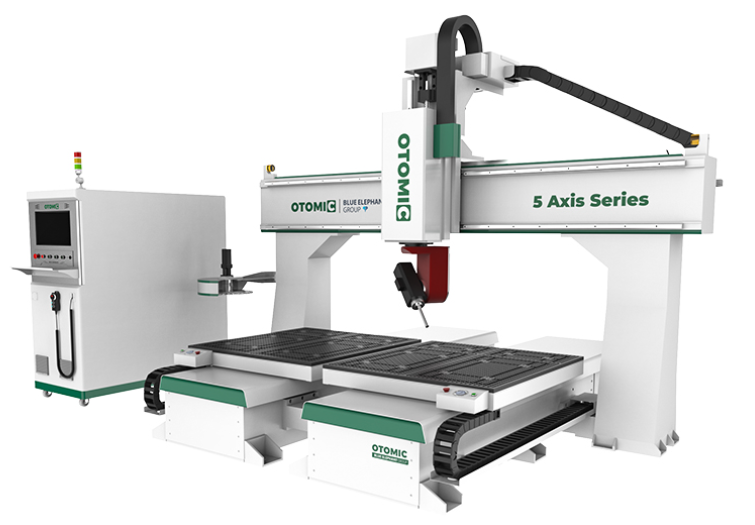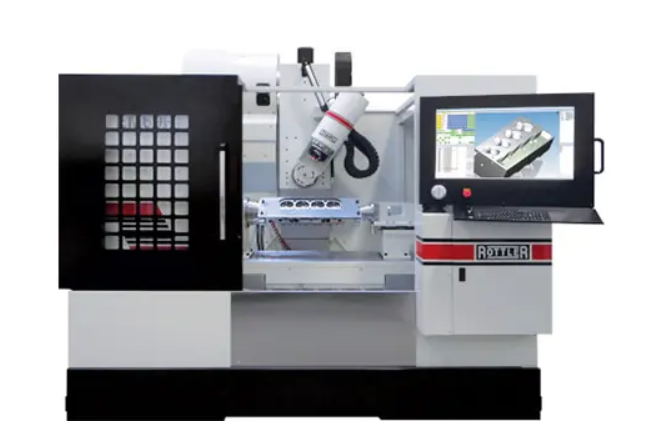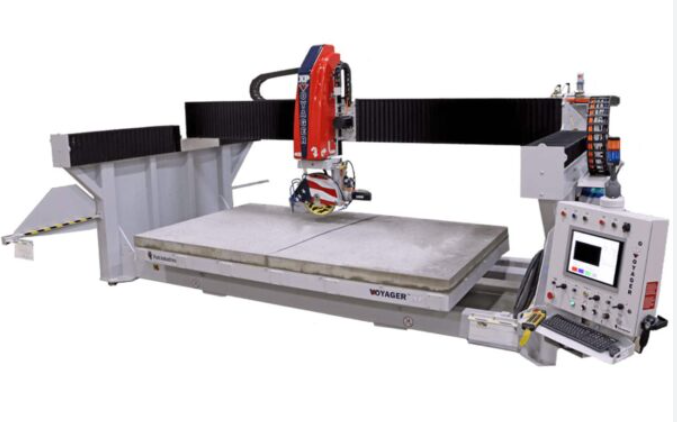The price of a 5-axis CNC machine varies significantly based on multiple technical and operational factors, with entry-level models starting around $100,000 and high-end industrial systems exceeding $1 million. This wide pricing spectrum reflects differences in machine construction, precision capabilities, spindle performance, and automation features. The base machine cost typically accounts for 60-70% of the total investment, while essential accessories, tooling, and installation compose the remaining expenditure. Manufacturers categorize 5-axis machines into several tiers – hobbyist/education models, production-grade machines, and ultra-high-precision systems – each with distinct price points and performance characteristics that influence their respective market segments.
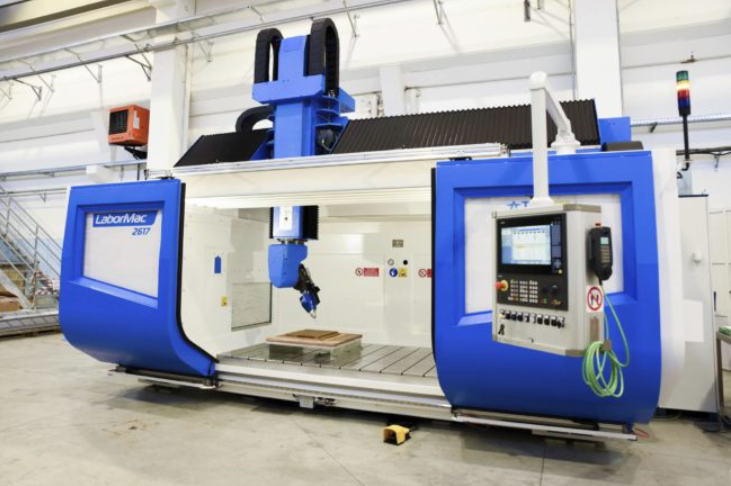 Machine size and work envelope represent primary cost determinants, with larger machines commanding premium pricing due to increased material requirements and structural reinforcement needs. A standard 5-axis machining center with 500mm x 500mm x 400mm travels typically falls in the $200,000-$400,000 range, while larger models with 1000mm x 800mm x 600mm working volumes may cost $500,000-$800,000. The construction materials significantly impact both price and performance – machines with polymer concrete bases and thermally stabilized components cost 20-30% more than conventional cast iron designs but offer superior vibration damping and thermal stability for high-precision applications. Linear scale feedback systems add $15,000-$50,000 to the base price but provide micron-level positioning accuracy essential for aerospace and medical component production.
Machine size and work envelope represent primary cost determinants, with larger machines commanding premium pricing due to increased material requirements and structural reinforcement needs. A standard 5-axis machining center with 500mm x 500mm x 400mm travels typically falls in the $200,000-$400,000 range, while larger models with 1000mm x 800mm x 600mm working volumes may cost $500,000-$800,000. The construction materials significantly impact both price and performance – machines with polymer concrete bases and thermally stabilized components cost 20-30% more than conventional cast iron designs but offer superior vibration damping and thermal stability for high-precision applications. Linear scale feedback systems add $15,000-$50,000 to the base price but provide micron-level positioning accuracy essential for aerospace and medical component production.
Spindle technology accounts for approximately 15-25% of the total machine cost, with options ranging from basic 12,000 RPM belt-driven units to advanced 30,000 RPM direct-drive spindles with active cooling systems. A 15kW HSK-63 spindle with 18,000 RPM capability typically adds $30,000-$50,000 compared to standard BT-40 configurations. High-speed machining packages that include advanced spindle bearings, dynamic balancing systems, and enhanced cooling can increase costs by another $20,000-$40,000. The rotary axis mechanism – whether using direct-drive torque motors or conventional worm gear drives – represents another major cost component, with true direct-drive rotary tables adding $25,000-$75,000 over basic indexing units. The machine’s control system also affects pricing, with advanced CNC units featuring 3D simulation, adaptive control, and collision avoidance costing 10-15% more than basic controllers.
Automation features dramatically influence total investment requirements. A 60-tool automatic tool changer adds $25,000-$60,000 to the machine price, while robotic part loading systems range from $50,000 for simple gantry loaders to $250,000+ for fully integrated robotic cells. Pallet changers for unattended operation typically cost $40,000-$100,000 depending on capacity and speed. In-process measurement systems including touch probes and laser tool setters add $15,000-$30,000 but significantly reduce setup times and improve quality control. Advanced software options like optimized 5-axis toolpath generation and collision detection modules can add another $10,000-$25,000 to the total package price. These automation components often provide return on investment through reduced labor costs and increased machine utilization rather than immediate precision improvements.
Installation and facility preparation costs frequently surprise first-time buyers, adding 10-20% to the base machine price. Electrical requirements for a mid-range 5-axis machine typically include 480V 3-phase power with 50-100kVA capacity, requiring substantial electrical infrastructure upgrades in many facilities. Foundation requirements vary from simple epoxy leveling for smaller machines to reinforced concrete pads several feet thick for large gantry-style systems. Air compression systems capable of delivering clean, dry air at 6-10 bar pressure represent another necessary investment, as do coolant filtration systems and chip management equipment. Factory training programs for operators and programmers typically cost $3,000-$10,000 per employee, while annual maintenance contracts range from 5-8% of the machine’s purchase price.
Operational costs over the machine’s lifespan often exceed the initial purchase price. Tooling for a 5-axis machining center represents a significant ongoing expense, with a basic starter set of 20-40 tools costing $15,000-$50,000 depending on quality and specialization. High-performance carbide end mills for difficult materials like titanium or Inconel can cost $200-$500 each, with complex form tools reaching $1,000-$3,000 per item. Cutting fluid systems require regular maintenance and replenishment, with advanced synthetic coolants costing $20-$50 per gallon. Energy consumption varies from 15kWh during light machining to 80kWh during heavy cutting operations, translating to substantial electricity costs in high-production environments. Spare parts inventories – including backup spindle cartridges, axis drives, and control components – represent another prudent but costly consideration for minimizing downtime.
Market segmentation reveals distinct pricing clusters based on machine capabilities. Entry-level 5-axis machines (primarily for education and prototyping) occupy the $100,000-$200,000 range, typically featuring smaller work envelopes, reduced accuracy specifications (±0.02mm instead of ±0.005mm), and limited automation options. Production-grade machines for aerospace and automotive applications generally cost $300,000-$600,000, offering full simultaneous 5-axis capability, robust construction, and moderate automation features. Ultra-high-precision machines for medical and optical applications command $700,000-$1.5 million, incorporating advanced thermal compensation systems, nanometer-level feedback devices, and vibration-dampened construction. Specialized configurations like gantry-style 5-axis mills for large part machining or micro-machining centers for tiny components can reach $2 million+ depending on specifications.
Geographic factors influence both purchase price and long-term operating costs. Machines manufactured in Western Europe and North America typically carry 20-40% price premiums over Asian-built equivalents, reflecting higher labor costs and more stringent manufacturing standards. However, these machines often demonstrate better long-term accuracy retention and come with more comprehensive support networks. Import duties, shipping costs, and local certification requirements can add 10-25% to the landed cost of imported machines. Local service availability significantly impacts operational costs – regions without manufacturer-certified technicians may require expensive fly-in service or extended downtime waiting for parts. Currency fluctuations also affect pricing stability, particularly for machines with components sourced from multiple countries.
The total cost of ownership (TCO) analysis reveals important considerations beyond the initial purchase. A $500,000 machine operating three shifts may generate $1.5-$3 million in annual revenue, making the capital investment justifiable despite the high upfront cost. Depreciation schedules typically span 7-10 years for tax purposes, though well-maintained machines often remain productive for 15+ years. Financing options including equipment leases and loans affect cash flow considerations, with interest rates varying based on creditworthiness and economic conditions. Resale value retention varies significantly by brand and model, with some machines retaining 40-50% of their value after five years of use while others depreciate more rapidly. Productivity gains from 5-axis capability – including reduced setups, improved accuracy, and complex geometry machining – often justify the higher costs compared to 3-axis alternatives through increased throughput and expanded service offerings.
Technological advancements continue reshaping the cost structure of 5-axis machining. The integration of additive manufacturing modules adds $150,000-$300,000 to machine costs but enables hybrid manufacturing capabilities. AI-powered predictive maintenance systems increase upfront costs by 5-10% but reduce long-term service expenses. Energy recovery systems that capture braking energy can shave 10-15% off electricity costs in high-production environments. The growing availability of compact 5-axis machines with reduced footprints (and correspondingly lower prices) has opened new market segments to 5-axis technology. As control systems become more sophisticated and component costs decrease through economies of scale, the price gap between 3-axis and 5-axis machines continues narrowing, making the technology accessible to a broader range of manufacturers.
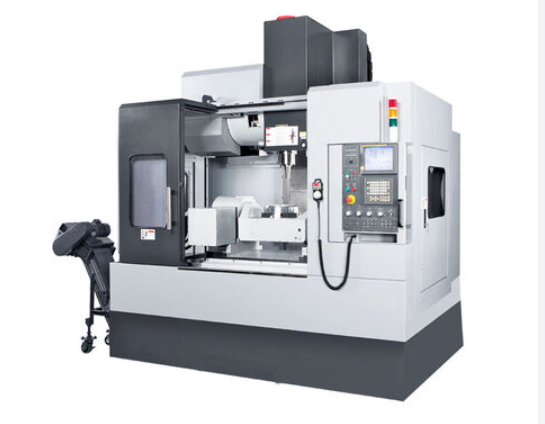
Industry-specific requirements create specialized cost considerations. Aerospace manufacturers often invest in machines with enhanced vibration damping and large work envelopes, prioritizing capability over price. Medical device producers require ultra-high precision and surface finish capabilities, justifying premium machine purchases. Automotive tier suppliers typically seek robust production machines with maximum uptime, valuing reliability features that reduce long-term operating costs. Job shops face different calculations, needing to balance versatility across multiple applications with budget constraints. The increasing availability of used and refurbished 5-axis machines (typically 30-60% of new prices) provides additional options for cost-conscious buyers, though with greater variability in remaining service life and performance capabilities.
Hidden costs frequently impact the actual investment required. Software integration expenses for CAD/CAM systems capable of full 5-axis programming can reach $20,000-$50,000 per seat. Post-processor development for specific machine-control combinations often costs $2,000-$10,000 per configuration. Facility modifications for proper machine installation – including ceiling height adjustments, floor reinforcement, and HVAC upgrades – can add tens of thousands to project budgets. Special tooling and workholding for complex 5-axis operations represents another substantial but often underestimated expense. The learning curve for operators transitioning from 3-axis to 5-axis machining typically involves several months of reduced productivity and potentially scrapped parts during the adjustment period.
Future cost trends indicate several developing patterns. The increasing adoption of 5-axis technology in mainstream manufacturing continues driving prices downward through competition and economies of scale. Standardization of machine interfaces and control systems reduces integration and training costs. Modular machine designs allow for easier upgrades and retrofits, spreading capital expenditures over longer periods. The growing importance of data analytics and connectivity features adds to initial costs but provides long-term operational benefits. As automation becomes more sophisticated and widespread, the labor cost savings increasingly offset the higher capital requirements for advanced 5-axis systems, changing the fundamental economics of precision manufacturing.


